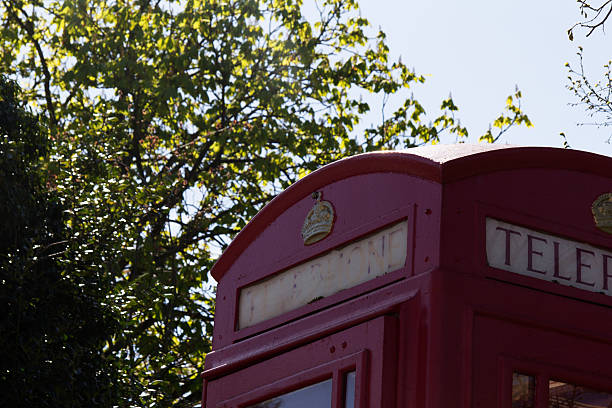Solar Telephone Booth And Passenger Bus Shelter Projects
Kategori: Allmänt

The lighting of the bus shelters helps passengers feel secure and safe when waiting to board their bus at the night. The lights are powered by solar panels that transform sunlight into power using charging and discharge control devices.
Smart technology is a must in today's transportation systems. LED displays provide passengers with real-time information including upcoming bus arrivals.
Advertising Cases
Solar panels convert sunlight into electricity, which can be kept in battery. Controllers charge and deplete the batteries in order to run lights at night.
These systems can be used for lighting a timer or a map as well as offer energy to other features like USB chargers. They're simple to maintain and have a long life duration.
The Stewards surveyed many bus stops on campus and picked Dan Allen Drive, a well-known stop for students taking the Wolfline. The addition of solar to the shelter is a step forward in the sustainability objectives of NJ TRANSIT and help improve its visibility among pedestrians, students and residents.
In cities that are building subways that are on par with the magnitude of Manhattan, it's important to be aware that a bus stop can be a powerful representation of a tiny initiative that can make a huge difference for people on an extremely tight budget. The project also, from my personal experience tends to be pushed into the background of mega-projects.
Map Cases
A bus shelter can be an ideal way to avoid the sunshine and the rain in the middle of a rainy day. A brand new intelligent solar canopy for buses can provide real-time updates about the progress of their trip via a monitor that is digital. Visit http://www.ildottoredeicomputer.com/2015/01/un-viaggio-nelle-cabine-telefoniche-di.html for additional info regarding solar powered telephone charger.
The latest example comes from Kauai the island of Kauai, the place where Tolar Manufacturing worked with local design and installation companies to design four distinct bus stop passenger shelter designs. The designs are based on the Tolar Niagara range, these distinctive shelters reflect the spirit of Kauai with sugar cane patterns integrated in the walls of the shelter as well as a tropical forest green colour scheme.
These designs include features including recycled-slat benches as well as a wall-mounted map case and dusk-to-dawn lighting from Tolar's trusted Partner Urban Solar. Direct purchase orders are offered for municipalities who prefer to purchase one of the shelter designs without sharing costs.
LED Lights
The illumination of a bus shelter at night is one of the most important aspects of creating a sense of security for passengers waiting in their destination. The illumination of a shelter does not just provide an impression of security to travelers, but it also makes sure that the surrounding area well lit, which makes pedestrians feel safer.
LED lights that are powered by solar panels is a great way to save costs while also providing a secure space for the passengers. The lights are very easy to keep in good condition and operate using battery backups when power is lost.
These lighting systems operate purely by using solar energy that is off grid and eliminate the cost of the wiring required to connect the bus shelter pole. Each system is a self-contained unit that includes the solar panel set-up on a roof that is angled or on a nearby pole, the light fixtures, and the control electronics. Batteries are constructed enough to supply plenty of energy backup even during cold winter conditions. The motion sensor conserves batteries by turning lights off and on according to what is happening in the.
Battery Backup
The new solar-powered bus shelter can be seen on the current NJ TRANSIT route no. The 406 bus shelter in Cherry Hill features LED high-intensity lighting to improve visibility, and USB ports for charging mobile devices. NJ TRANSIT is evaluating the effectiveness of the new shelter in order to see if the technology can be used elsewhere, Smith explained.
This system mounts the LED luminaires and control electronics together in one unit that is independent from the roof or pole. The mounting options are exceptional.
BC Transit’s standard shelters have been designed to cut maintenance and procurement costs. This is achieved with a select number of manufacturers in BC and by ensuring that the new shelters use the same design. This standardized design also limits potential conflicts with changes in services, schedules routings, security and operational issues. Standardized shelters also provide more uniformity in the appearance of the area and make it simpler to keep standardization.
